Stainless steel is known for its strength and ability to resist corrosion, which makes it a reliable material for rain curtain fountains.
Copper has a unique look that changes over time due to the natural patina that develops, which adds to its visual appeal.
The maintenance required for stainless steel and copper varies, with stainless steel generally needing less maintenance.
The initial costs for stainless steel fountains are lower, but custom finishes can increase the cost.
Copper fountains have a higher initial cost, which reflects the quality of the material and the craftsmanship.
Introduction
Stainless Steel or Copper: Which is Better for Your Custom Rain Curtain Fountain?
If you’re looking to add a touch of tranquility and elegance to your space, a rain curtain fountain is the perfect addition. The soothing sound of the water cascading down creates a calming atmosphere, and the choice of materials for these fountains is essential as it affects their aesthetic appeal, longevity, and the overall sensation they create. Whether you are an architect, designer, or homeowner, understanding the subtleties of each material can help you make a well-informed choice for your project.
I. Stainless Steel Rain Curtain Fountains
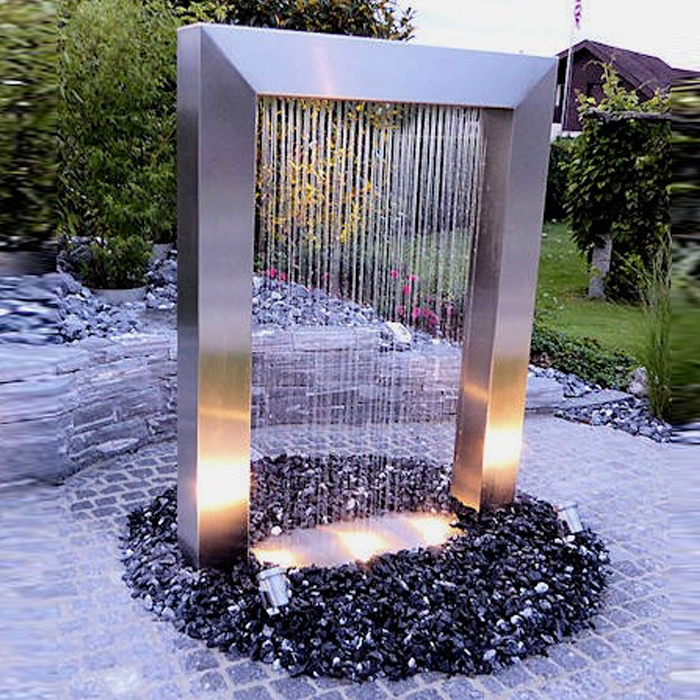
Durability: The Unyielding Nature of Stainless Steel
Stainless steel is known for its strength and resilience. It is resistant to corrosion and rust, making it perfect for both outdoor and indoor fountains. It can withstand harsh weather, chlorinated water, and even salty sea air if you live near the coast. With stainless steel, you can be sure that your rain curtain fountain will remain in good condition for many years.
Visual Appeal: The Modern Water Feature Defined
Stainless steel’s shiny, smooth surface gives off a modern feel that fits in perfectly with any contemporary design scheme. Its neutral look allows it to integrate well with various color schemes and architectural styles. If your goal is to achieve a minimalist or futuristic aesthetic, stainless steel is the material for you.
In addition, stainless steel can be powder-coated to add another layer of color and protection. This finish not only increases your creative options, but it also improves the durability of the fountain.
Upkeep: Making Fountain Care Easier with Stainless Steel
One of the primary benefits of stainless steel is that it’s easy to care for. Unlike other materials, it doesn’t need special cleaning products or continuous maintenance to keep it looking good. A quick clean with a soft cloth and a gentle soap is usually all it takes to keep your stainless steel fountain looking its best.
Price Factors: Weighing Expense and Advantages
Stainless steel fountains are typically easier on the wallet to start with, but adding custom features like powder coating can bump up the price. However, the money saved on upkeep and the longevity of the material often make up for the upfront cost. It’s a wise option for those who appreciate both looks and function.
II. Copper Rain Curtain Fountains
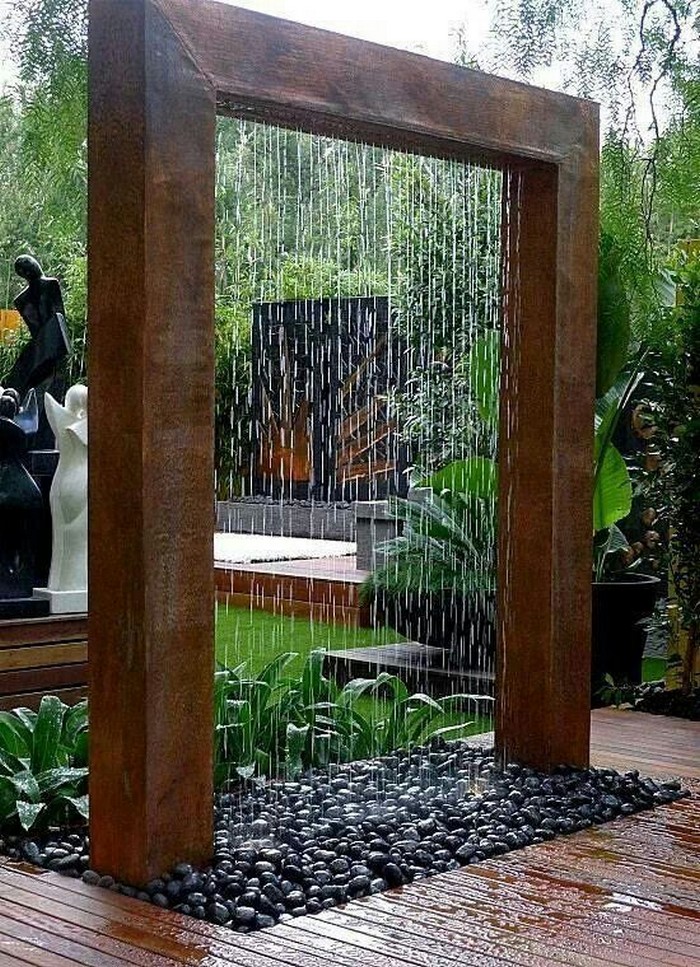
Longevity: The Ever-Changing Charm of Copper
Copper is a dynamic metal that experiences a natural oxidation process, creating a protective patina that adds richness and dimension to the surface of the fountain. This patina not only adds to the fountain’s aesthetic appeal but also adds to its longevity by offering a layer of protection against corrosion.
Copper, although softer than stainless steel, is still a strong and long-lasting material. It is resilient in a variety of climates and resistant to thermal expansion, making it a sturdy choice for any environment.
Visual Appeal: The Radiant Shine of Copper Fountains
Copper’s initial shine is truly eye-catching, but it’s the slow development of the patina that truly makes it stand out. As time passes, the fountain will exhibit a variety of natural hues, from rich browns to lush greens, creating a dynamic work of art that mirrors the passage of time.
Upkeep: Keeping the Shine and Gloss of Copper
Keeping a copper fountain in good condition requires a bit more effort than stainless steel. To keep its original shine, regular polishing is needed. However, if you prefer the natural patina, upkeep becomes much easier, as the patina is self-protecting and requires little maintenance.
Price Factors: Paying for Lasting Beauty
Generally, copper costs more than stainless steel. This is due to the high quality of the material and the skill required to shape and weld it. Custom patina finishes can increase the price, but many believe that the unique appearance and customizability are worth the extra cost.
III. Custom Finishes
Adding a Splash of Color to Metal: The Spectrum of Powder Coated Stainless Steel Options
You can customize your stainless steel fountain to fit any color scheme or design theme thanks to the nearly endless options for powder-coated finishes. Whether you prefer subtle earth tones or bright, bold colors, you can make the fountain truly your own.
Powder Coated Stainless Steel Finish |
Additional Price |
|---|---|
|
Blue Vein 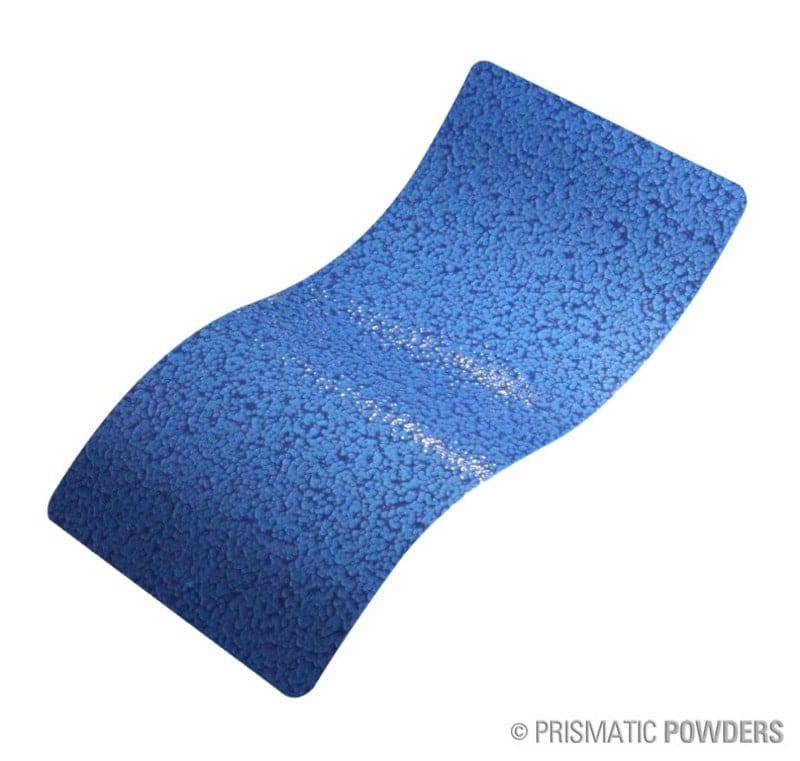 |
+$1,500.00 |
|
Bronze Hammer 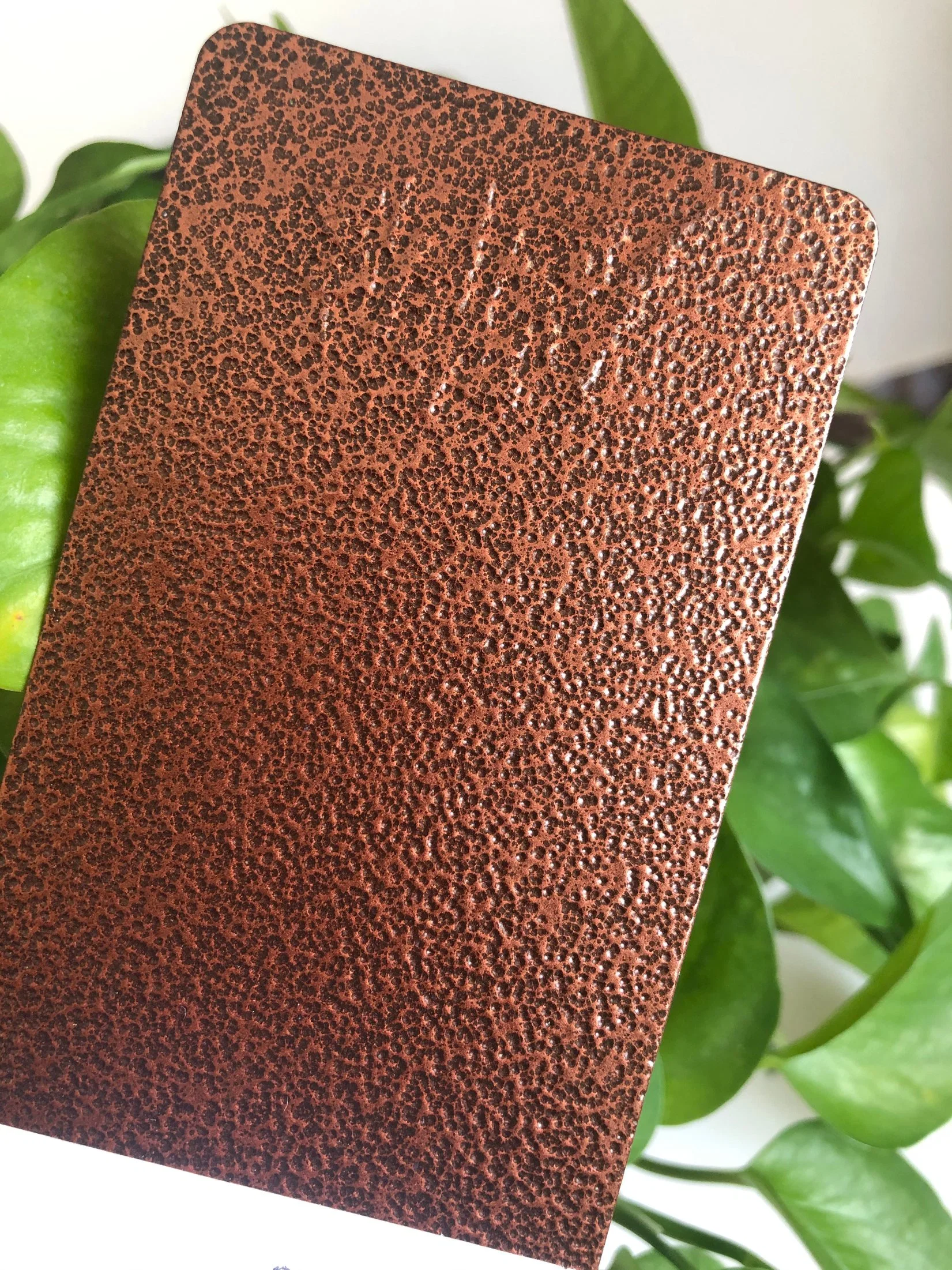 |
+$1,500.00 |
|
Brown Hammer 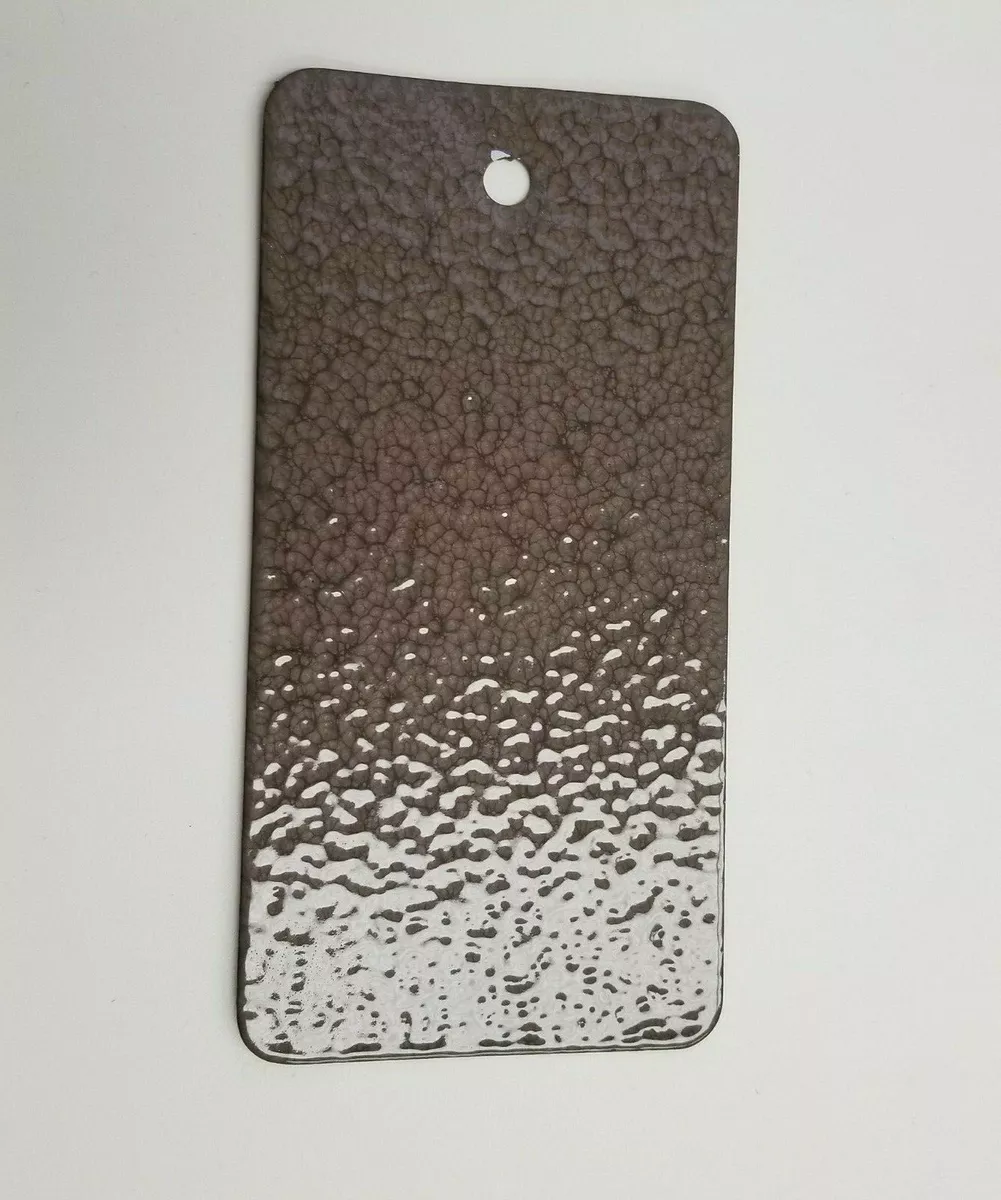 |
+$1,500.00 |
|
Copper Vein 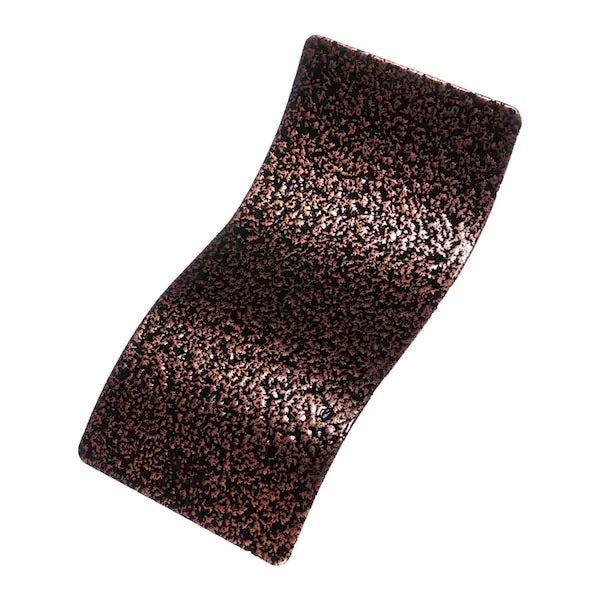 |
+$1,500.00 |
|
Matte Black 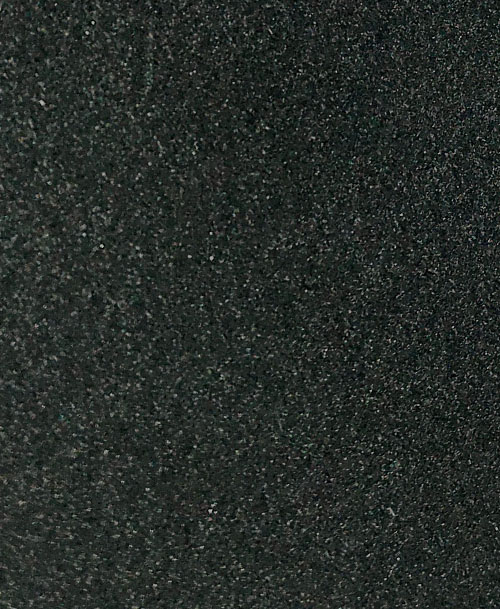 |
+$1,500.00 |
|
Mock Rock Powder 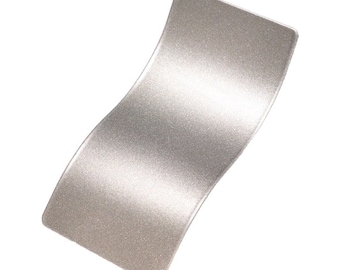 |
+$1,500.00 |
|
Red Hammer 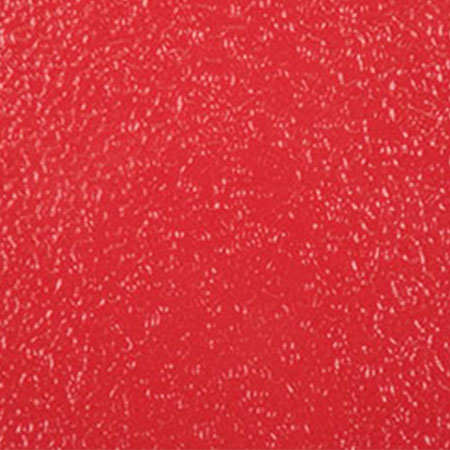 |
+$1,500.00 |
|
Silver Hammer 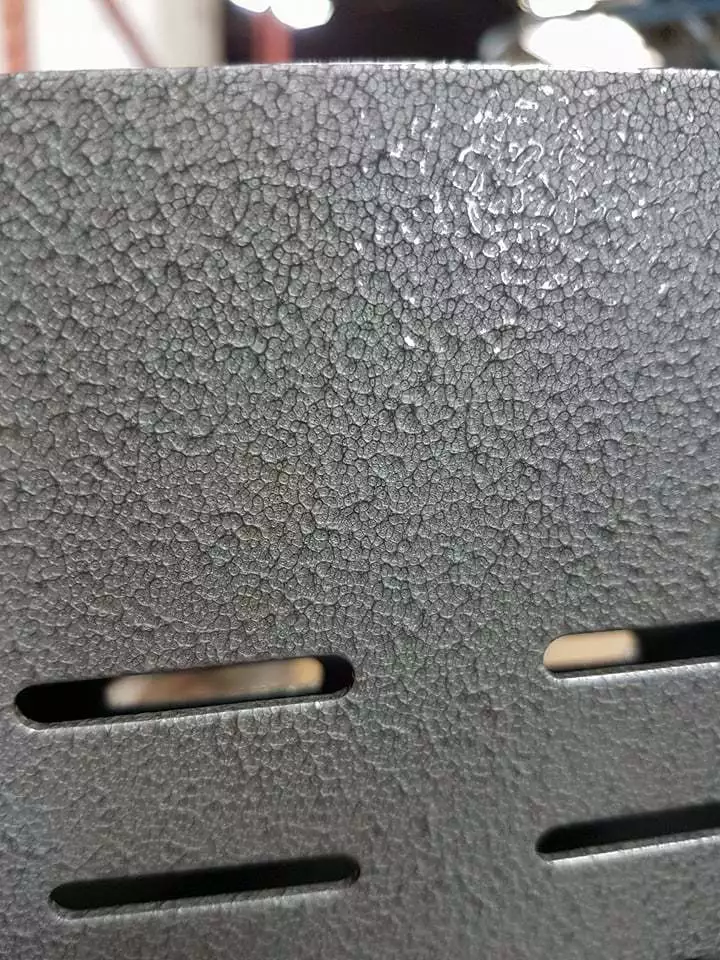 |
+$1,500.00 |
|
Black Slate 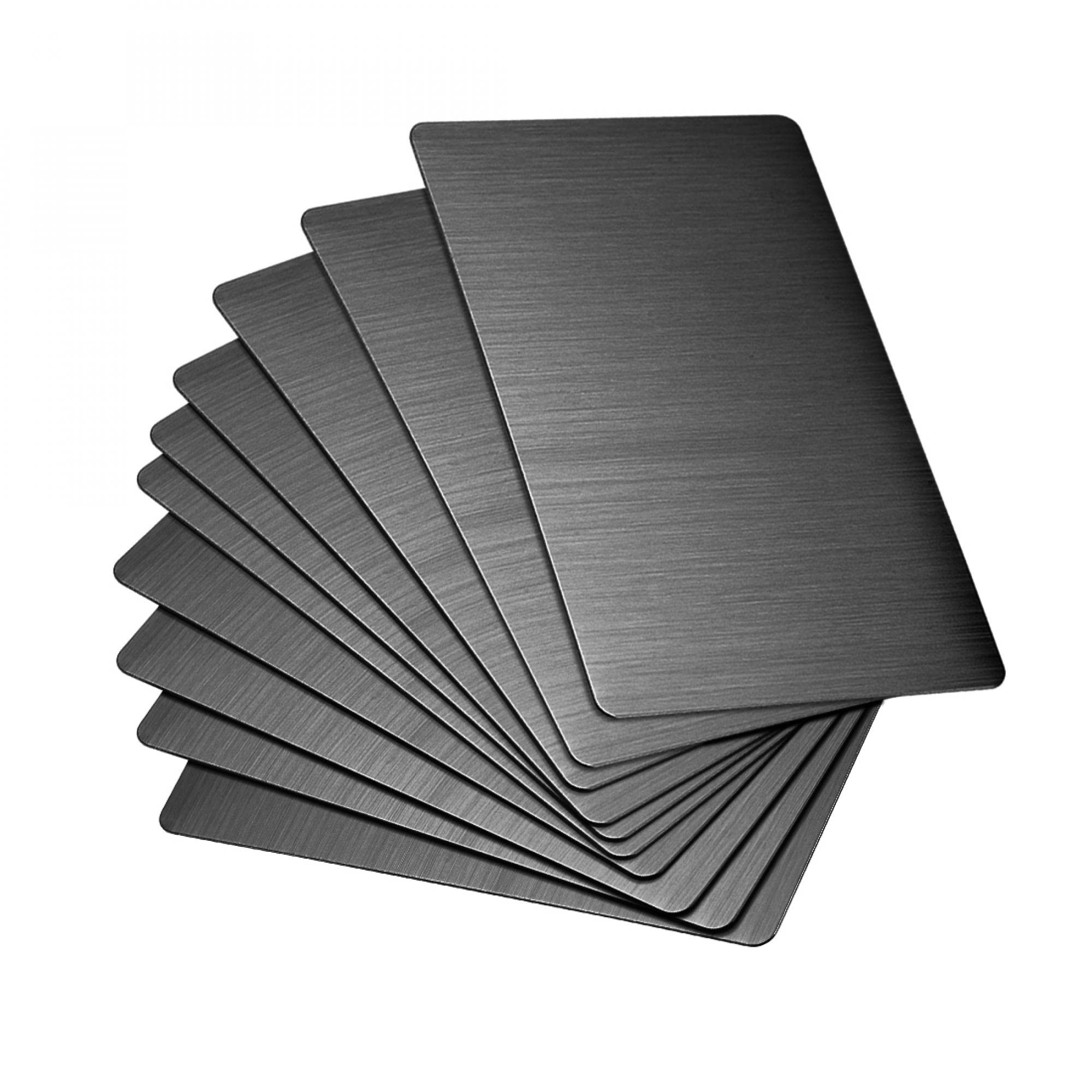 |
+$1,500.00 |
Copper Patinas: The Green Tint of Age and Elegance
One of copper’s most attractive features is its ability to develop a natural patina. This patina isn’t just a sign of age, it’s a badge of honor. The verdigris that forms over time can be absolutely beautiful, giving a look that is both ancient and ever-changing.
|
Copper Patinas Finish |
Additional Price |
|---|---|
|
Jade Green  |
$2,500.00 |
|
Light Green 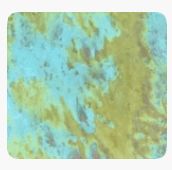 |
+$2,500.00 |
|
Mint Green  |
+$2,500.00 |
|
Raw Copper  |
+$2,500.00 |
|
Rustic Copper 1  |
+$2,500.00 |
|
Rustic Copper 2  |
+$2,500.00 |
|
Rustic Copper 3  |
+$2,500.00 |
|
Tiffany Green 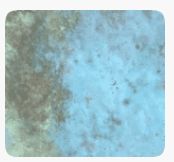 |
+$2,500.00 |
Other Metal Options: Corten Steel and Brushed Stainless Steel
Aside from stainless steel and copper, there are other metal options available. For instance, Corten steel naturally weathers and develops a rust-like appearance that acts as a protective layer. On the other hand, brushed stainless steel provides a more subdued, matte finish compared to the usual polished look. Each material and finish has its own unique character and considerations.
People appreciate Corten steel for its industrial, rustic appeal and low upkeep, while brushed stainless steel offers a subtle, classy elegance that might better suit some design styles.
|
Corten Steel Finish |
Additional Price |
|---|---|
|
Corten (Rusted Look) 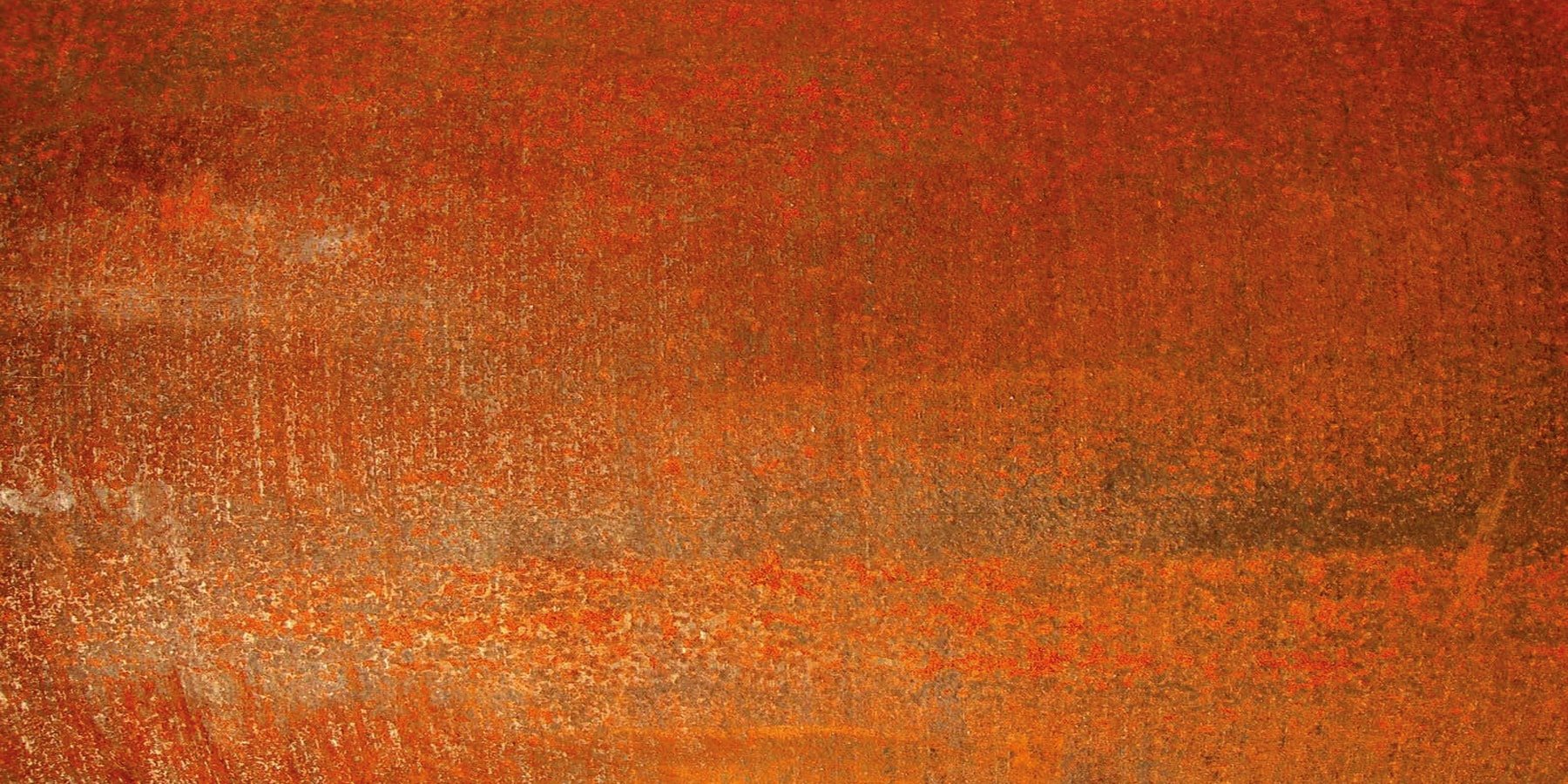 |
+$2,000.00 |
|
Brushed Stainless Steel Finish |
Additional Price |
|---|---|
|
Stainless Steel 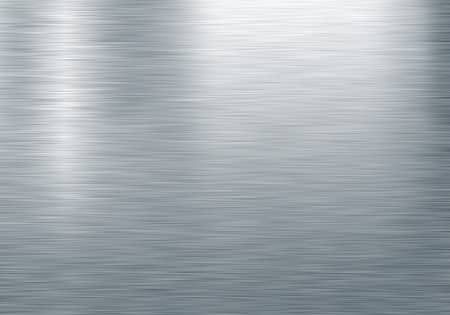 |
+$1,500.00 |
Stainless Steel vs. Copper: A Comparative Overview
|
Aspect |
Stainless Steel |
Copper |
|---|---|---|
|
Durability |
Highly resistant to corrosion and rust |
Forms protective patina, can last for decades or centuries |
|
Aesthetics |
Sleek, modern appearance |
Warm, timeless elegance with evolving patina |
|
Maintenance |
Low maintenance, withstands elements easily |
Requires more care, especially if original polish is desired |
|
Initial Cost |
Generally lower |
Usually higher |
|
Long-term Value |
Good due to durability and low maintenance |
High due to unique appearance and longevity |
|
Best Environment |
Suitable for coastal regions, modern settings |
Versatile, enhances traditional designs |
|
Customization |
Can be powder coated in various colors and textures |
Natural patina process, various finishes available |
|
Weather Resistance |
Excellent in various conditions |
Good, patina provides protection |
|
Visual Effects |
Reflective surface interacts with light and water |
Evolving patina adds complexity and intrigue |
|
Ideal For |
Busy people, public areas, modern designs |
Those who appreciate evolving aesthetics, traditional settings |
Unleash Your Creativity: Explore Our Product Page
Can’t wait to have your own custom rain curtain fountain? Check out our product page to discover a world of choices here.
Common Questions and Answers
There are many questions when it comes to rain curtain fountains. Let’s answer some of the most common questions to help you make the best decision.
How Long Do Stainless Steel and Copper Fountains Last?
Typically, stainless steel fountains are built to last between 15-20 years with the right care, while copper fountains can last even longer, often for several decades, due to the protective patina that naturally forms over time.
Both materials are known for their durability, but the environment and maintenance routines will play a role in their longevity. Stainless steel might be a better choice in harsher climates, whereas copper’s natural patina is beneficial in protecting against corrosion.
Does the Finish of a Fountain Influence Its Water Sound?
Yes, it does. The type of material and finish used in a fountain can have an impact on the sound produced by the water flow. For example, water flowing over a polished stainless steel surface will create a sharp, distinct sound, whereas the softer surface of a copper fountain with a patina could produce a softer, more muted sound.
Can Custom Fountains Be Used Both Indoors and Outdoors?
Custom rain curtain fountains are adaptable and can be tailored to fit both indoor and outdoor spaces. The choice of material is crucial; stainless steel is often the go-to for its durability in outdoor environments, while copper can provide a warm, welcoming ambiance for indoor areas.
When designing your fountain, take into account elements like space, humidity, and the surrounding architecture to guarantee your fountain enhances its environment flawlessly.
How Should I Decide Between Stainless Steel and Copper for My Fountain?
There are several factors that should influence your decision between stainless steel and copper for your fountain. To better understand the unique designs and therapeutic benefits of rain curtain fountains, consider the aesthetics, durability, maintenance, and cost of each material.
Design aesthetic: Decide if you prefer a contemporary or traditional style.
Maintenance: Reflect on the amount of time you can commit to maintenance.
Environment: Take into account the weather and placement of the fountain.
Budget: Establish your budget for both upfront costs and ongoing upkeep.
By considering these factors, you can choose the material that aligns best with your design and functional requirements.







Leave a Reply